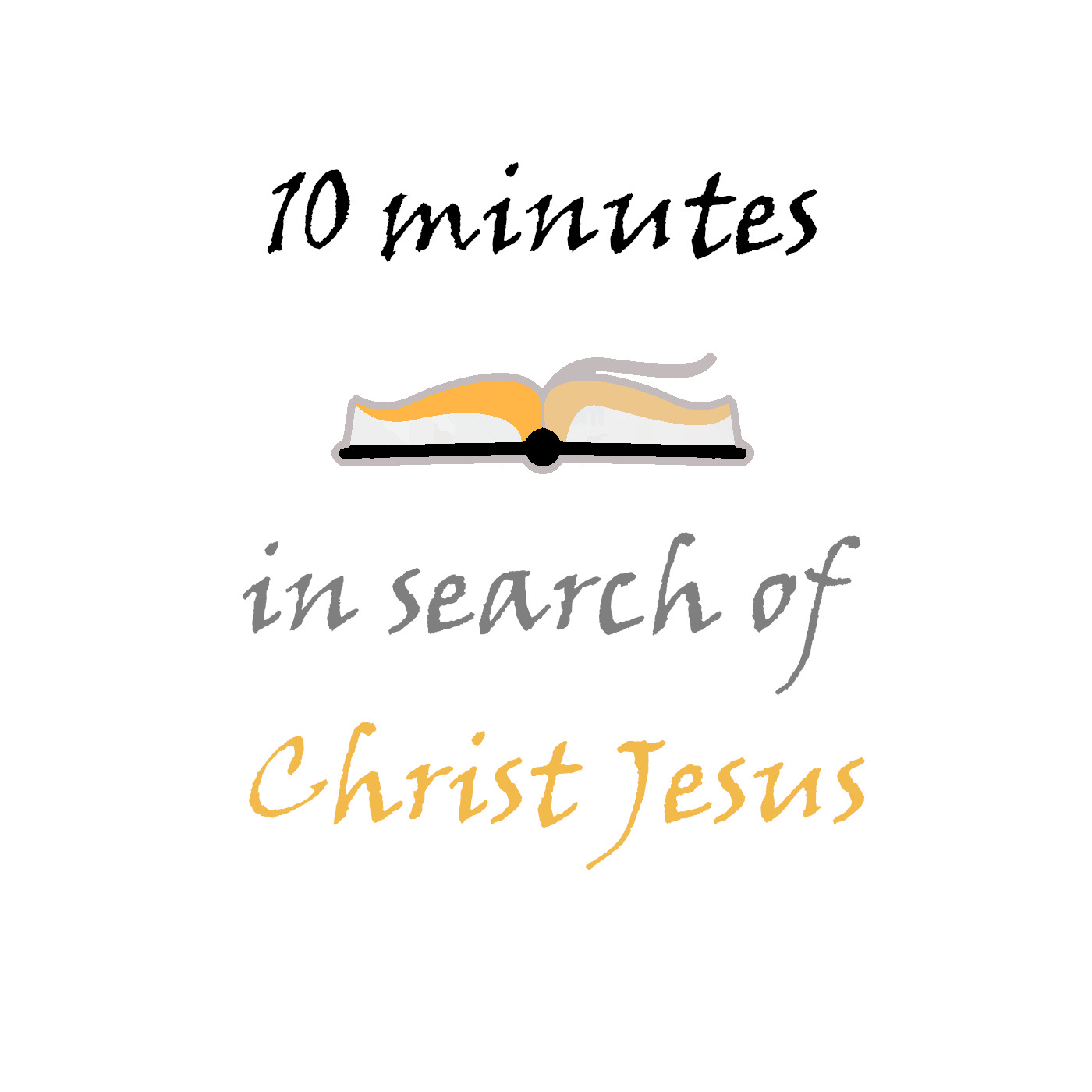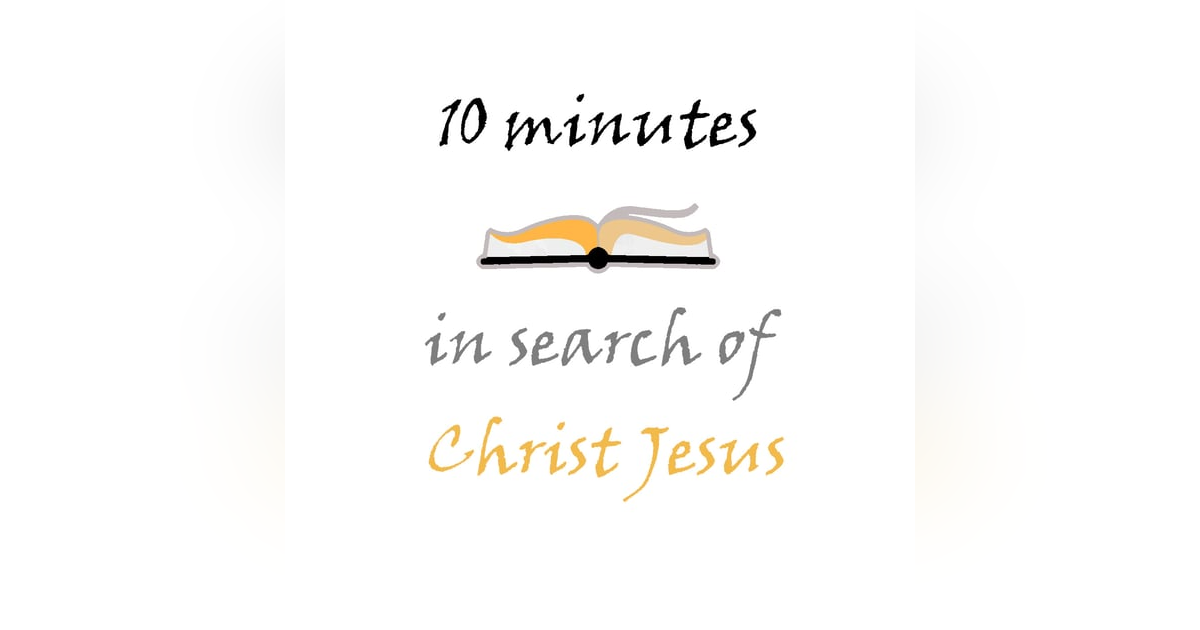

Sign up to get updates from us
By signing up, you agree to receive email from this podcast.


Sunday, 23 February 2025
And so it was, when Jesus had ended these sayings, that the people were astonished at His teaching, Matthew 7:28
“And it was when Jesus, He had completed the words, these, the crowds – they were outstruck at His teaching” (CG).
In the previous verse, Jesus finished His words about the houses built on the rock or on sand. That finished His speaking and the words now are given to show the people’s reaction. They begin with, “And it was when Jesus, He had completed the words, these.”
It is a summary statement that covers everything from Matthew 5:1 –
“And seeing the multitudes, He went up on a mountain, and when He was seated His disciples came to Him. 2 Then He opened His mouth and taught them, saying...”
From that point, Jesus methodically worked through a vast number of subjects and points on theology, finishing up with Matthew 7:27. The content of His words surpasses the thoughts of the greatest theologians to have ever lived, and people are still learning new insights from them two thousand years later.
Because of the volume of information He presented, surely without any prepared notes, overhead projectors, or video displays, the minds of those who heard would have been packed full. Because of this, it next says, “the crowds – they were outstruck at His teaching.”
Notice the difference between the opening and closing thoughts of the sermon –
5:2 - ...and when He was seated His disciples came to Him. 2 Then He opened His mouth and taught them, saying
7:28 - ...the crowds – they were outstruck at His teaching.
Jesus taught the disciples. However, others joined the instruction who listened intently. These would be those mentioned at the end of Matthew 4 –
“Great multitudes followed Him—from Galilee, and from Decapolis, Jerusalem, Judea, and beyond the Jordan.” Matthew 4:25
Wherever Jesus went, crowds thronged Him. This crowd, however, didn’t just get physical healing as noted in Matthew 4. They got doctrine never before heard. It must have been an incredible thing for them. Because of this instruction, Matthew uses the word ekpléssó, outstruck.
The word is derived from ek (out, from) and pléssó, to pound, strike, smite, etc. A comparable English word, here given a new context and meaning, would be “outstruck.” The people were completely floored by what they heard.
Life application: The Sermon on the Mount is complete. It is a teaching that has provided people with a lot of hope and inspiration over the millennia. However, it is a teaching that also has brought a lot of misunderstanding and confusion to those who follow Jesus. The reason for this can be summed up with one word, context.
The context of Jesus’ words is instruction to Israel while under the law. Although there are precepts found in the teaching that convey eternal truths that everyone should apply to their lives, the overall tenor of His words is given to Israel. They were spoken prior to the completion of His ministry, and a great deal of what He said is now set aside.
This is explained in the book of Hebrews with verses like the following, each of which is referring to the Law of Moses:
“For on the one hand there is an annulling of the former commandment because of its weakness and unprofitableness, 19 for the law made nothing perfect; on the other hand, there is the bringing in of a better hope, through which we draw near to God.” Hebrews 7:18, 19
“In that He says, ‘A new covenant,’ He has made the first obsolete. Now what is becoming obsolete and growing old is ready to vanish away.” Hebrews 8:13
“Previously saying, ‘Sacrifice and offering, burnt offerings, and offerings for sin You did not desire, nor had pleasure in them’ (which are offered according to the law), 9 then He said, ‘Behold, I have come to do Your will, O God.’ He takes away the first that He may establish the second.” Hebrews 10:8, 9
These verses concerning the end of the law are confirmed by Paul quite a few times in his epistles as well.
Remember this context and then as you read through the Sermon on the Mount in the future, be sure to apply it to what you read. In so doing, you will avoid a great deal of theological error and even contradiction in your understanding of Scripture.
Lord God, thank You for Your precious word that conveys life and hope to Your people through its contents. In it, we find Jesus. And in Jesus, we find Your love for the people of the world. Thank You for tending to Your people as You have done. Amen.